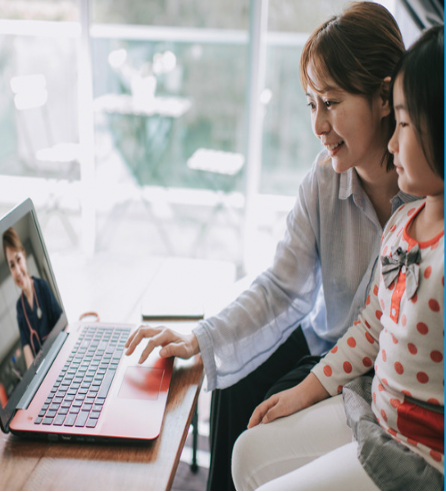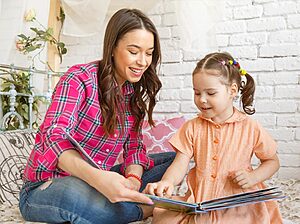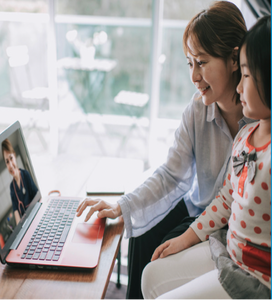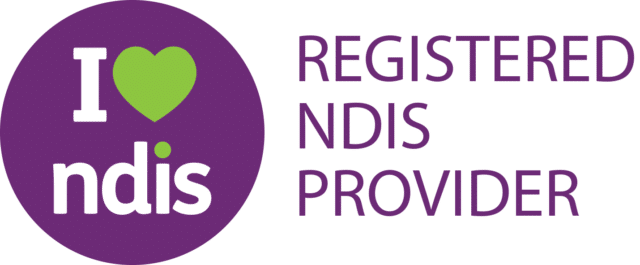
Telehealth removes significant obstacles such as travel, scheduling and therapist availability, allowing you or your child to access specialists in a familiar and convenient setting.
But is it really the same as a face-to-face-session?
Here are some answers to frequently asked questions (FAQs)
Q. Is it the same as a face-to-face session
The only difference is it is delivered through a computer or device. The theory and evidence based practice behind the assessment and the therapy approaches are exactly the same.
Q. How do I know my child is not going to be distracted because the therapist isn’t in the room with them?
Interaction and engagement techniques are our forte! Our therapists undertake lots of preparation before sessions to ensure we have the right activities to keep engagement throughout the session high, no matter the age of the client.
Q. What does the research say?
There continues to be a growing body of research into Telehealth for speech and language therapy. One study found that primary school aged children with speech and language difficulties receiving therapy through Telehealth made progress at a similar rate to those receiving face-to-face therapy. Other studies showed that Telehealth resulted in more active engagement among families of young children with autism.
Q. Do I need to change anything at home?
For Telehealth to be as successful as possible, there are some factors to consider:
1. You will need a device such as a laptop computer or tablet as well as a stable internet connection.
2. To keep the engagement as high as possible we suggest the session is conducted within a noise free space without distractions or other siblings and background noise.
3. The space for someone to sit is comfortable, and the webcam and monitor is placed at the eye level of the person and kept stable. It’s important that our therapist can see you and your mouth clearly.
4. There is place to sit for a parent, guardian or therapy partner to assist when required. When additional supports are engaged in the session, we find this assists with the generalisation and transfer of skills to your home.
Q. What happens if I didn’t like it?
It happens and that’s ok! Evidence suggests that it can take at least 3 sessions to find the flow with each other, this is similar to a face-to-face environment when working with a new therapist.
We value two-way communication and feedback and encourage constructive feedback about what you think may make the session better. We can always switch to an alternative therapy options such as face-to-face if you have a therapists in your area.
To learn more about the benefits of Telehealth or to complete a booking request form click here




